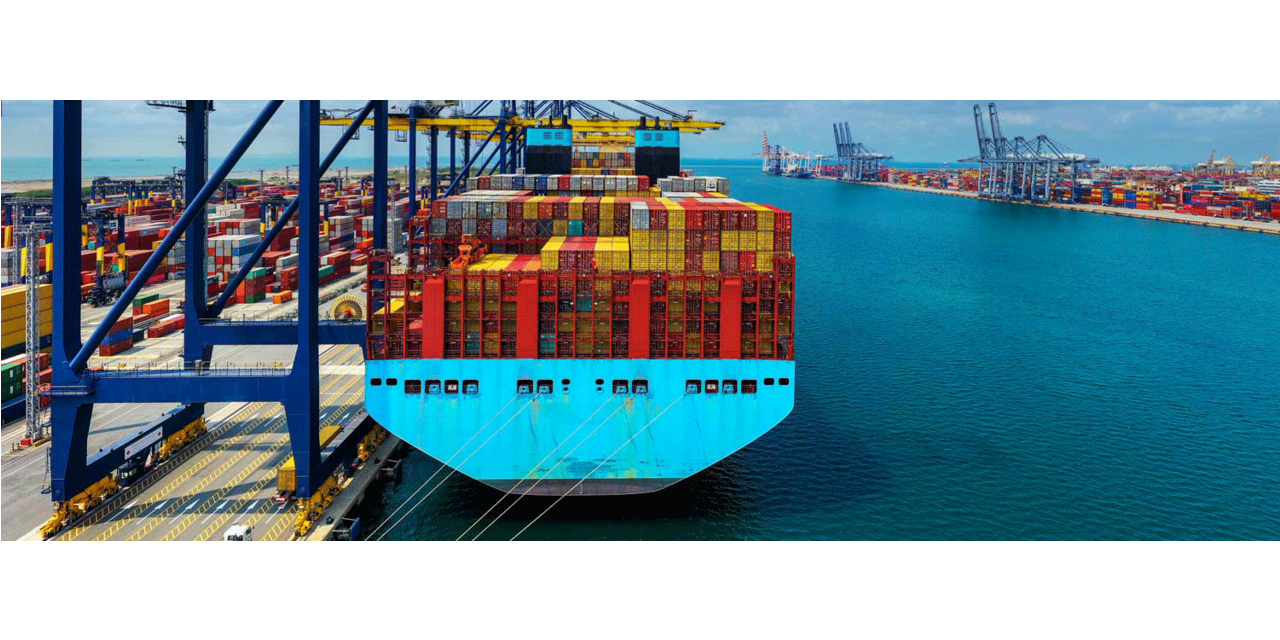
6 Practices to counter volatile freight rates in road and sea transport
A study by the University of St. Gallen has investigated how to manage fluctuations in freight rates. These six practices can help for road freight and sea freight.

A study by the University of St. Gallen has investigated how to manage fluctuations in freight rates. These six practices can help for road freight and sea freight.
Freight rates in road freight are subject to considerable fluctuations, mainly due to the high spot market activity in full truckload transportation. These price dynamics result from severe capacity constraints, including driver shortages and long delivery times for new vehicles. In Germany, 2021 had a solid freight to vehicle space ratio of 76% for national shipments. Therefore, securing stable prices through contractual agreements is not the sole solution in road freight transport - without capacities, it does not work.
The key to the future for shippers and logistics service providers must continue to be better capacity utilization. Retailers, in particular, must reduce waiting times at loading and unloading stations and fundamentally question their time windows. Here, it is crucial to examine whether LTL still has to be ordered for a fixed day. Since the shortage of drivers represents the bottleneck, time windows should be determined with the involvement of the logistics service provider.
As the most critical global mode of transport, sea freight now carries 80% by volume and 70% by value. This development is mainly due to the efficiency gains of containerization and economies of scale of container ships as drivers of globalization. However, the dynamics of the environment were often underestimated – because money is not everything. The disruptions in sea freight have explicitly demonstrated the need to reduce regional (and modal) dependencies on China and its ports, for example.
Shippers are, therefore, increasingly rethinking their sources of supply. One possible development is the so-called "China+1" strategy. In this strategy, production in China will not be reduced in the future, but additional suppliers will be developed, for example, in Southeast Asian countries or Europe. In this case, the shipping lines that build up their capacities in new trade lanes will remain competitive.
Sea freight is known for its boom and bust cycles. Before the COVID-19 crisis, this was characterized by low freight rates in which shipping lines could not earn their cost of capital. This imbalance has completely reversed with the Suez Canal blockage, missing containers, port congestion, and blank sailings. The buck is being passed to shippers through skyrocketing freight rates in the spot market and staggering surcharges in the contract market by shipping lines.
To avoid a similar development in the future, shippers, forwarders, and carriers would be well advised not only to treat the symptoms but also to address the underlying causes. Shippers must commit to higher volumes in the future and enter into longer-term, enforceable take or pay contracts with guaranteed capacities. On the other hand, forwarders need to diversify port calls to bridge future market dislocations due to limited port capacity.
Fluctuating freight prices are the nightmare of every shipper and logistics service provider. The development of freight prices has always been subject to significant fluctuations due to seasonal and regional trends. However, forecasting and adequate handling have become increasingly complex in recent years. Moreover, in light of COVID-19 and the Russia-Ukraine crisis, there have been extreme increases in freight prices – regardless of the mode of transport – which have further exacerbated the price situation. So, where to start?
A current study by the Institute of Supply Chain Management at the University of St.Gallen has addressed this question. The study results are based on a broad-based study consortium consisting of logistics service providers, shippers, and IT partners. Also, 45 experts were interviewed as part of an extensive interview series on challenges and management approaches to dealing with volatile freight rates. Instead of a single actor perspective, the study systematically examines best practices from the perspective of shippers and logistics service providers.
In addition, the study includes additional scenarios, success stories of shippers and logistics service providers, and a listing of 60 relevant indices and 142 digital business models in logistics.